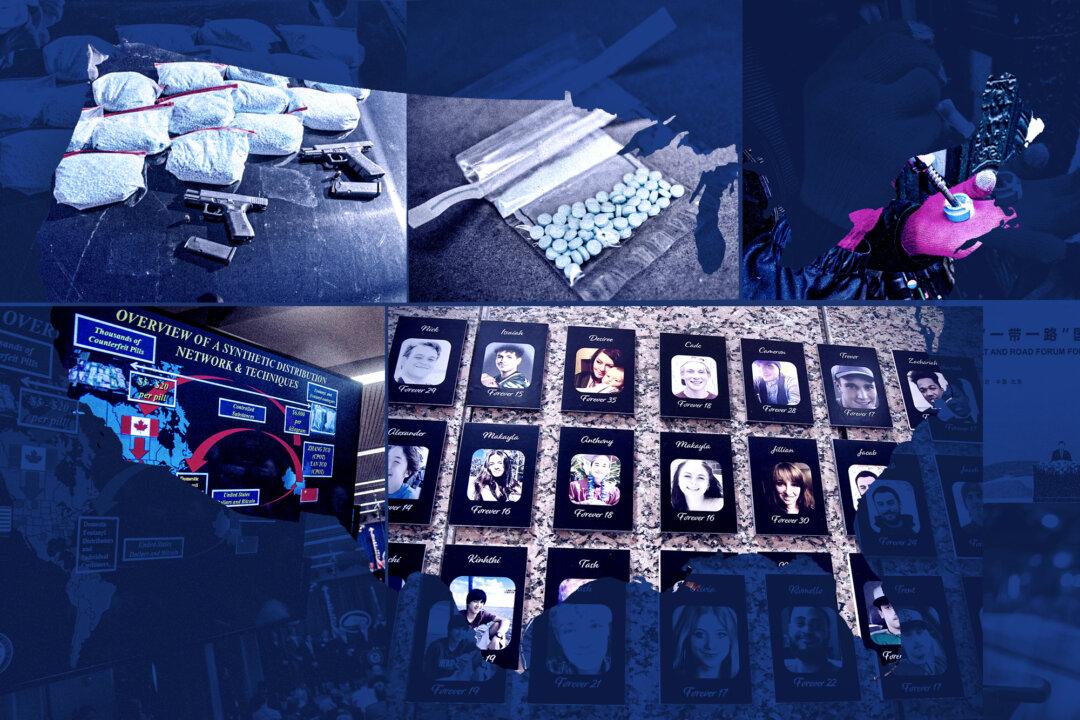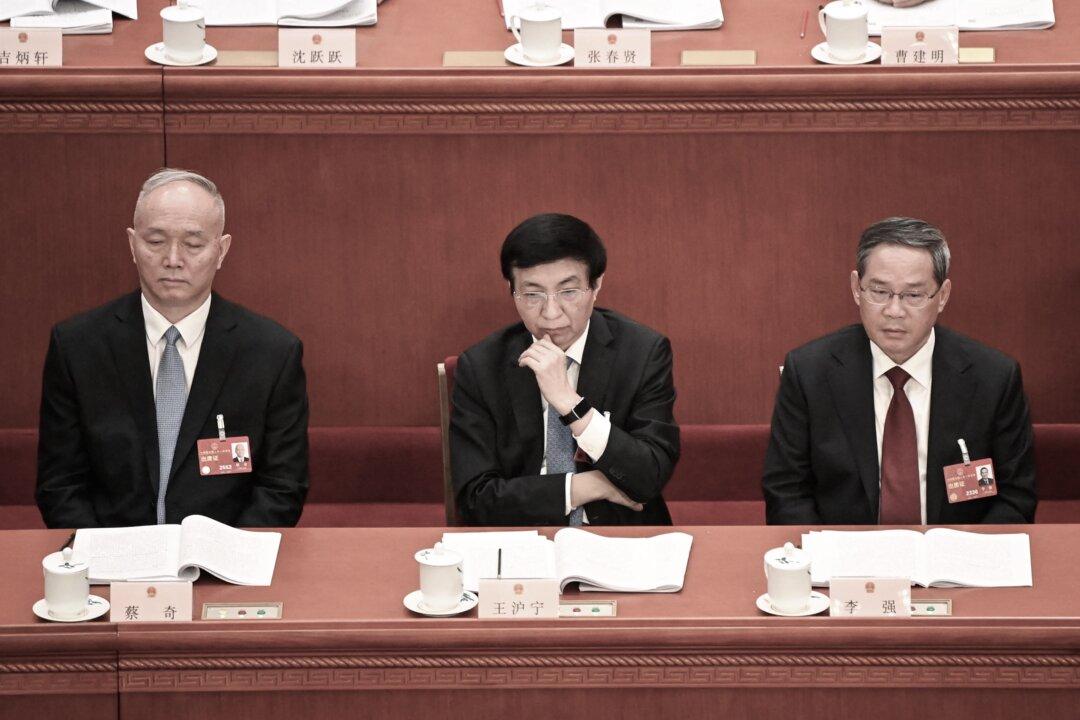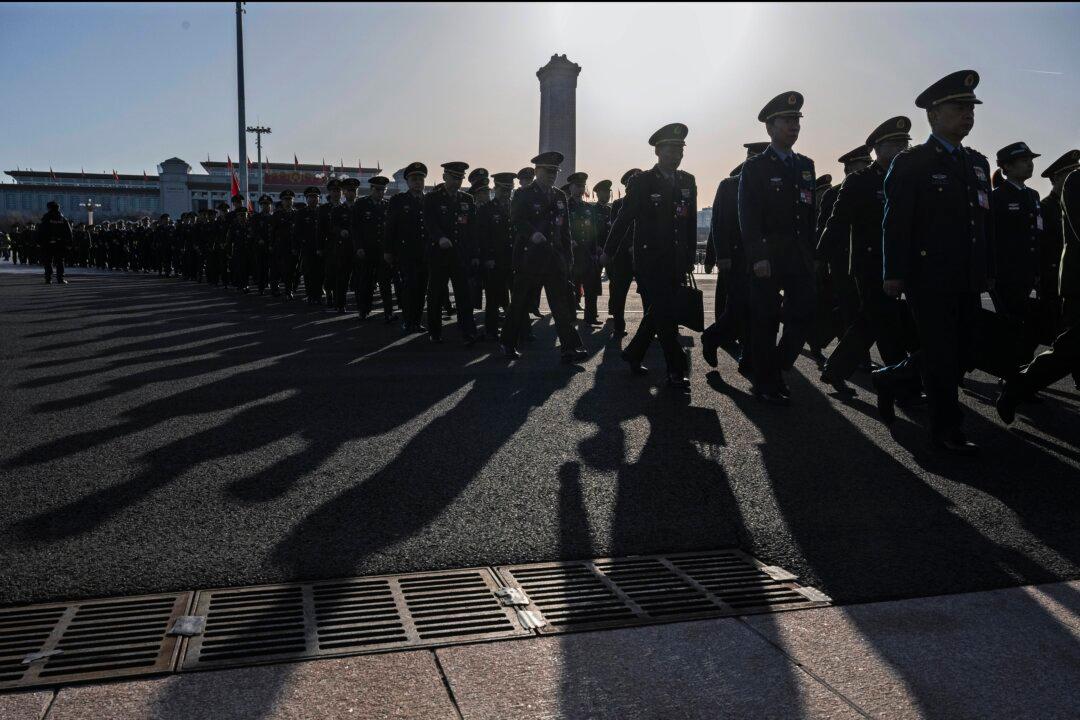More than 700 people have been arrested by Hong Kong police since demonstrations began in June protesting a proposed bill that would allow Beijing to extradite suspects to the mainland for processing. Many feared it would expose Hong Kong residents, and even visitors, to a judicial system controlled by communist China, and would further erode Hong Kong’s autonomous status.
Local media recently reported that some protesters taken by police have suffered beatings and torture.
During clashes between police and protesters on Aug. 11, 54 people were arrested, among whom 30 were taken to hospital for treatment of police inflicted injuries.
The nurse covered her face with a black mask and sat in a public area with her back to the camera, when talking to the Now News interviewer.
“The most serious case I saw was quite shocking,” she revealed. “An x-ray showed that the patient’s hand was being held together by just the skin because every bone had been fractured. Imagine how much force the police used to inflict such an injury!”
Describing one protester who had fractures to the upper body, the nurse said: “This patient suffered excruciating pain. We were very worried that the fractured bones had pierced his lungs.”
Another protester had bruises all over his body, making the doctors wonder how often the police had pounded him.
According to the nurse, each hospitalized protester is monitored by at least four police officers, who watch the whole treatment process.
The nurse expressed her indignation at such an intrusion into patient privacy. “In the ward where we treat the protesters, there are only a few beds, but more than 30 officers crowd in there. It was quite an intimidating scene,” she said. “Sometimes we need to expose the patient’s private parts to clean the wounds, but the police insist that they must be present.”
Earlier this month, medical professionals staged a sit-in on three consecutive days on Aug. 12 to Aug. 14 to condemn the brutality of police. They urged police officers to stop using unnecessary and harmful crowd control weapons such as rubber bullets and sponge grenades. Police were also criticized for assaulting doctors and nurses while they provided medical assistance at the demonstration sites and obstructing them from attending to the injured protesters.





